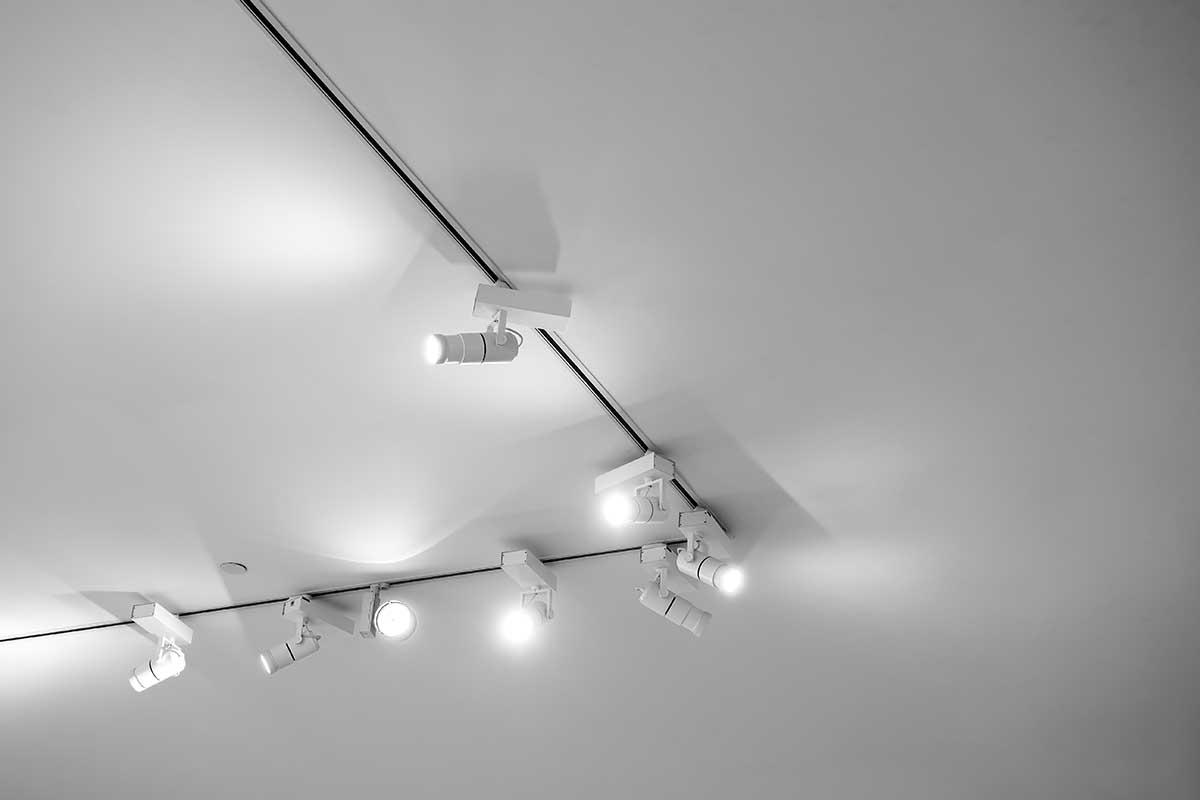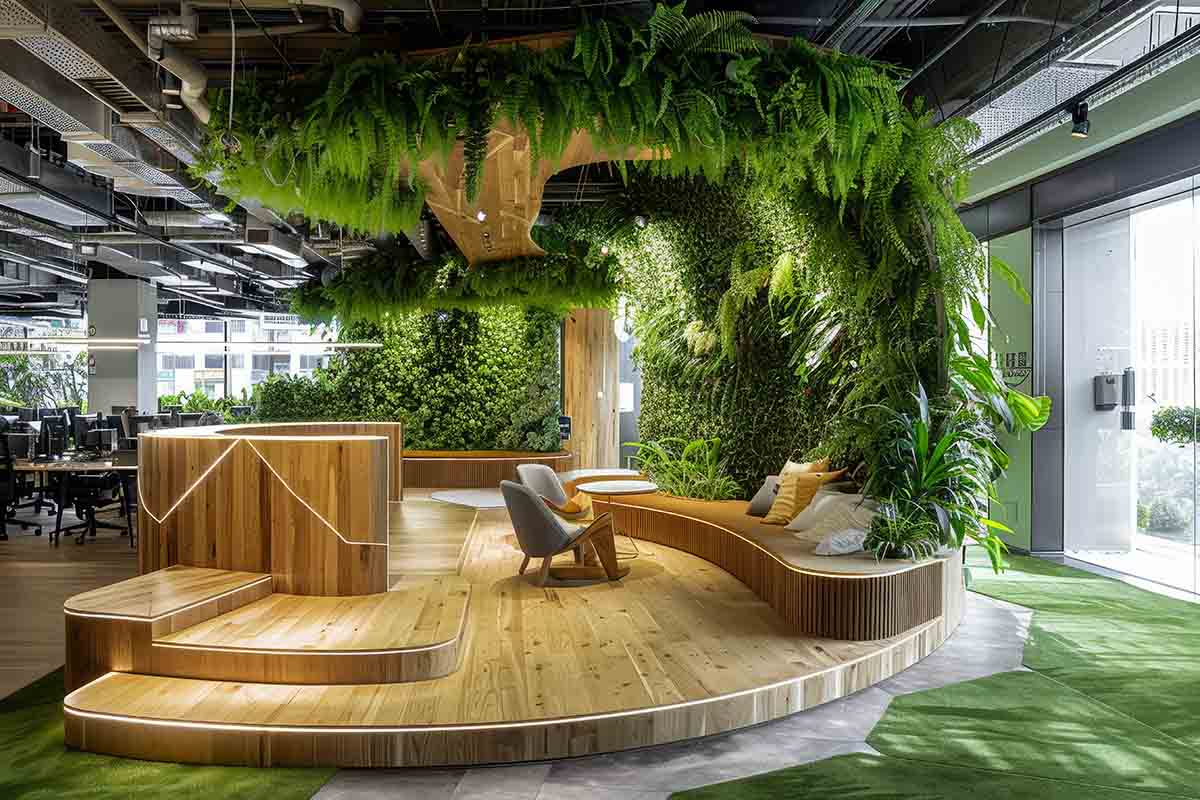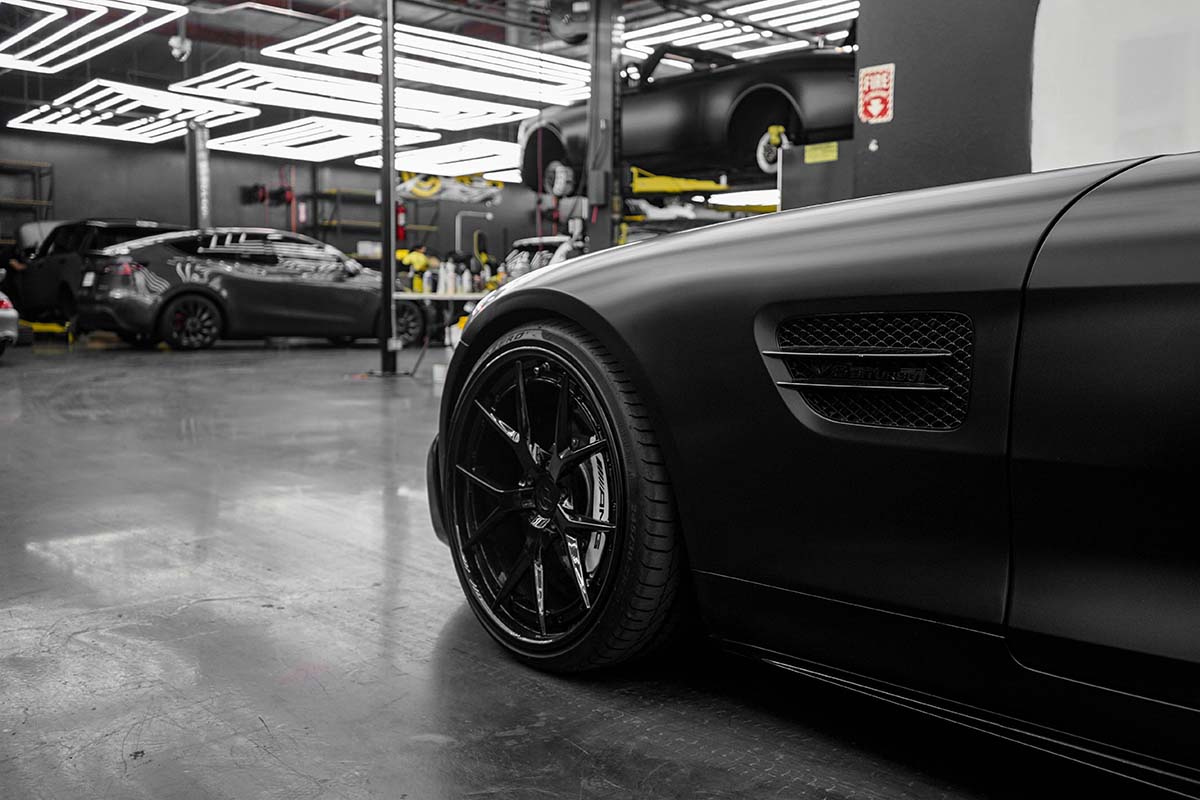Effective Track Lighting in Commercial Environments
Key Points
- Track lighting enhances ambiance, influences consumer behavior, and strengthens brand identity in commercial spaces.
- Understanding light distribution, reflection, and refraction is key to effective track lighting design.
- LED track lights are energy-efficient, cost-effective, and contribute to environmental sustainability.
Track Lighting Systems Explored
Track lighting systems offer various options tailored to specific commercial needs, each with distinct characteristics and advantages.
Fixed track systems are simple, with tracks that cannot be moved, providing consistent light—ideal for spaces where lighting layouts remain unchanged.
Monorail systems offer greater flexibility by allowing tracks to bend and conform to unique architectural features or design preferences.
Flexible track systems offer the highest adaptability, able to be shaped into virtually any configuration, making them ideal for spaces needing dynamic and customizable lighting solutions.
Knowing these types helps businesses select the best system to meet their needs, balancing functionality and design.
The Physics of Light Distribution
In commercial spaces, achieving the best lighting depends on understanding how light behaves.
This includes knowing how light spreads out (dispersion) through a medium, which affects how evenly a space is lit.
Reflection occurs when light bounces off surfaces, influencing brightness or causing glare based on surface material and angle.
Refraction is when light bends as it passes through materials like glass or acrylic, allowing precise light direction.
Using these principles effectively ensures a balanced and efficient lighting setup, making track lighting well-suited for commercial use.
By mastering these effects, businesses can design well-lit spaces that are both practical and attractive.
Energy Efficiency and Sustainability
Modern commercial settings are increasingly embracing energy-efficient lighting technologies, with LED track lights emerging as a standout choice.
These lights offer substantial benefits over traditional options, including lower power consumption and extended lifespans, resulting in significant savings on electricity and maintenance costs.
Beyond economic advantages, their reduced energy use directly contributes to environmental sustainability by minimizing greenhouse gas emissions.
The versatility of LED track lights allows for precise directionality, enhancing both the aesthetic appeal and functional efficiency of commercial spaces.
Ongoing technological advancements, such as smart controls and dimmable features, promise even greater energy savings and customization options, supporting businesses in achieving their economic and sustainable goals effectively.
Design and Aesthetic Considerations
Adding track lighting to your commercial space can greatly enhance interior design by offering versatile and customizable lighting options.
These systems can adjust to complement architectural features like exposed beams, unique ceiling shapes, or textured walls.
Track lighting is prized for its flexibility, allowing business owners to effortlessly change the lighting setup to meet changing design needs.
Track lighting is essential for achieving a balanced and attractive environment, whether highlighting artwork or creating an inviting atmosphere for customers.
By merging functionality with design, these lighting solutions not only improve a space’s visual appeal but also reinforce the brand identity and enhance the customer experience.
Improving Customer Experience
Studying how good track lighting affects people shows it has a strong impact on customers and staff.
Well-planned lighting can create a welcoming environment that encourages shoppers to explore longer, which can boost sales.
For employees, good lighting reduces eye strain and tiredness, making the workplace more comfortable and efficient.
Different light colors can evoke different emotions; warmer tones often create a cozy atmosphere, while cooler tones can feel modern and help with concentration.
Knowing these effects helps businesses design lighting systems that meet their needs, improving both customer experience and productivity.
In competitive commercial environments, track lighting proves vital in shaping ambiance, influencing consumer behavior, and reinforcing brand identity.
These versatile systems not only offer efficiency and aesthetic appeal but also cater to diverse needs in retail and office spaces.
Understanding the science and design behind effective track lighting—from light distribution principles to energy-efficient technologies—empowers businesses to create compelling environments.
By enhancing interior aesthetics and optimizing customer experiences, track lighting emerges as a strategic asset, driving success and differentiation in today’s competitive markets.





















